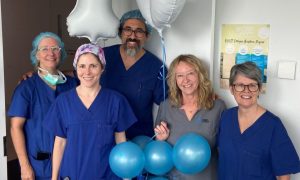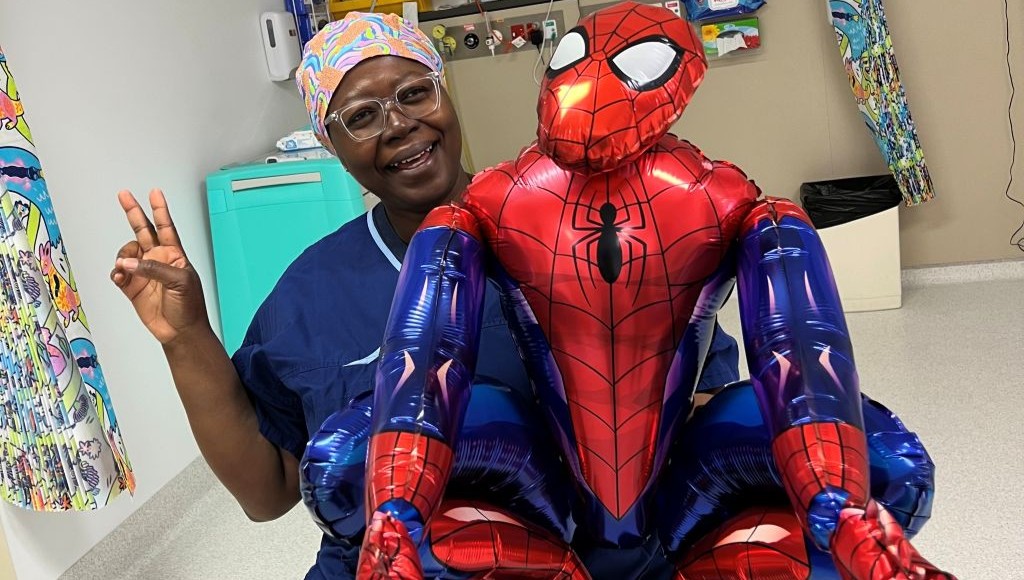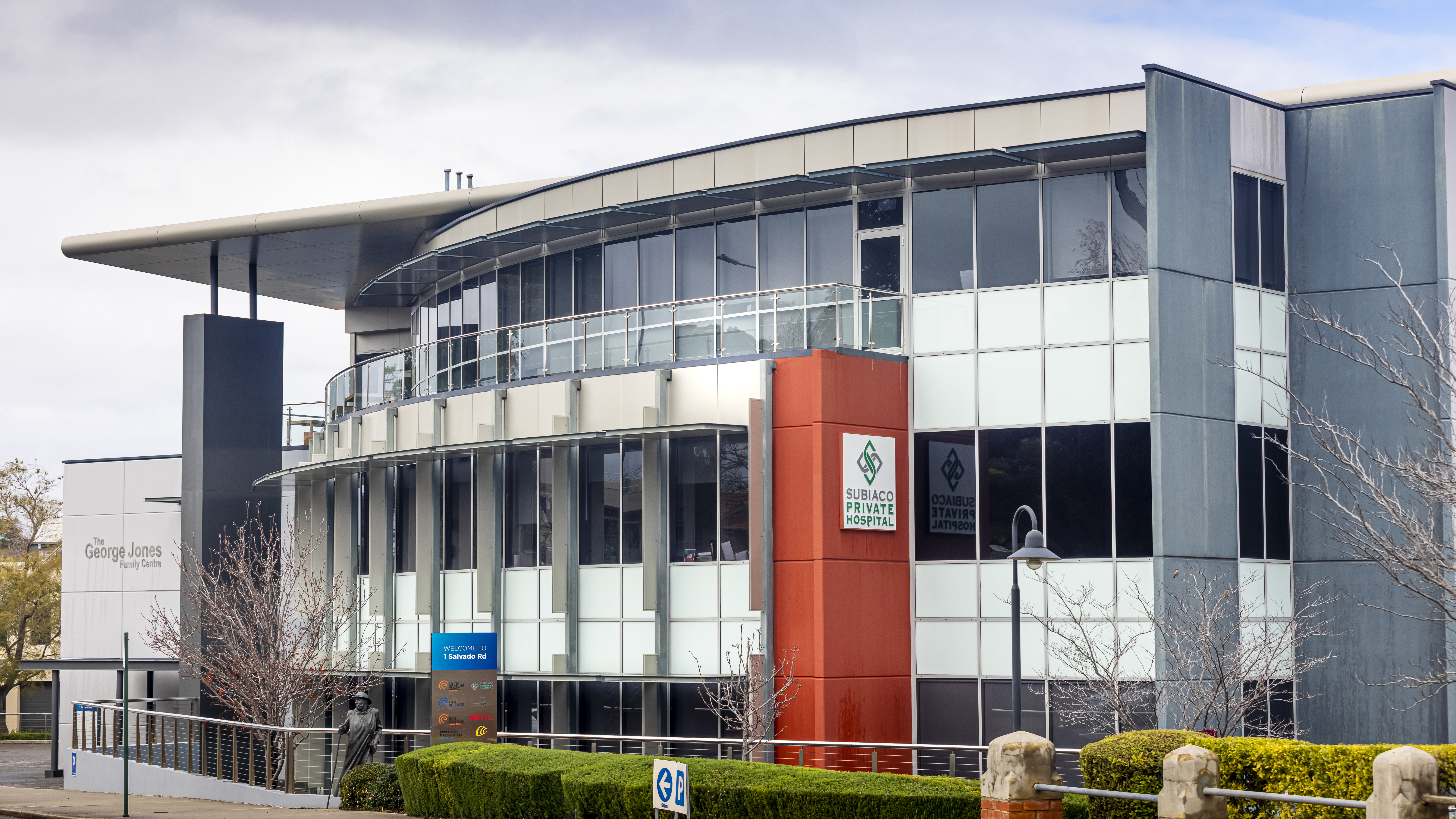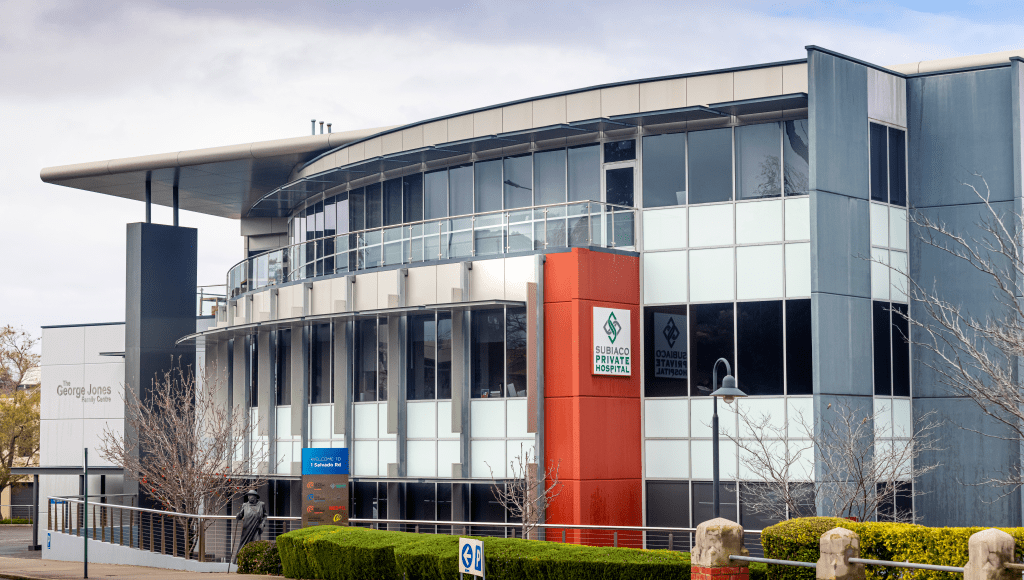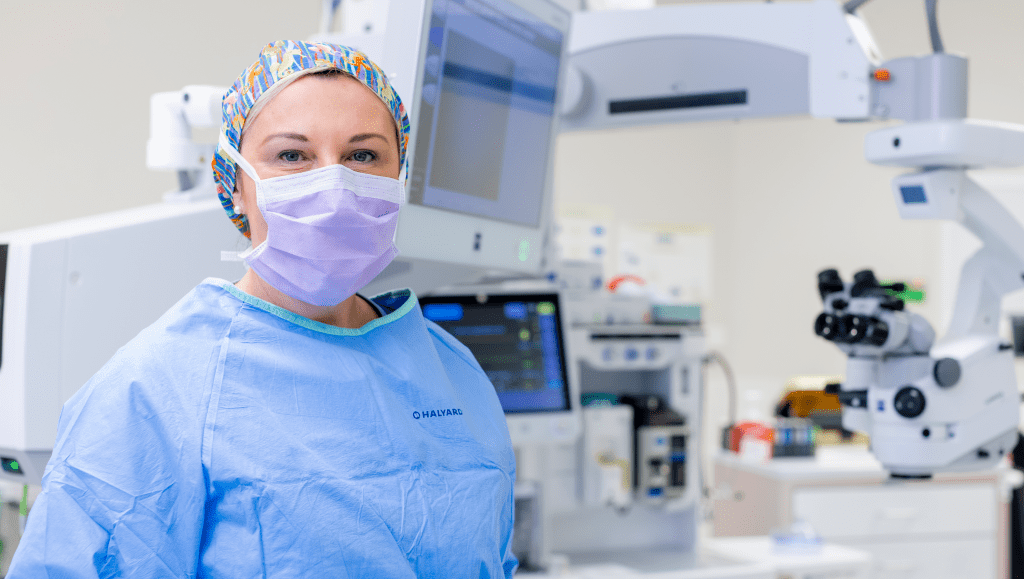Cura Group navigation
Hospital information
General information
Our procedures
Use the expand and collapse feature below to find more information, and patient information videos about the procedure you are undergoing.
Adenoidectomy is a surgical procedure performed to remove the adenoids (a mass of lymphoid tissue located behind the nasal passages).
Cautery of septum, or nasal cauterisation, is a procedure in which the mucous membranes in the nose are cauterised in order to treat nosebleeds (epistaxis).
Functional endoscopic sinus surgery (FESS) is a surgical treatment for some diseases of the nose and paranasal sinuses. It is usually undertaken as surgical treatment for sinusitis and nasal polyposis, including fungal sinusitis.
Laryngoscopy refers to a procedure used to view the inside of the larynx (the voice box).
Septoplasty is a corrective surgical procedure undertaken to straighten the nasal septum (the partition between the two nasal cavities).
A stapedectomy is a surgical procedure of the middle ear performed to improve hearing.
A tonsillectomy is a surgical procedure in which the tonsils are removed from either side of the throat.
A turbinectomy is a procedure to relieve nasal congestion in which some or all of the turbinate bones in the nasal passage are removed.
In chronic cases of otitis media with effusions present for months, surgery is sometimes performed to insert a grommet, called a “tympanostomy tube” into the eardrum to allow air to pass through into the middle ear, and release any pressure build up and help clear excess fluid within.
A blepharoplasty is a procedure which removes excess or sagging skin from upper and/or lower eyelids. The surgery is usually performed for cosmetic reasons however; it can improve sight in patients whose eyelids are obscuring their vision.
Excision of lesions is a procedure to remove growths such as lesions, moles and tumours from the skin, sometimes accompanied by frozen sections and followed by sutures or a graft. The most common reason for undertaking this procedure is for the removal of skin cancers such as Basal Cell Carcinoma which is the most common skin cancer on the face.
When wisdom teeth have the potential to cause problems or become impacted, they may be removed surgically. In the procedure, the surgeon makes a small incision and extracts the tooth with forceps.
A tooth extraction is the removal of a tooth from the dental alveolus (socket) in the alveolar bone.
An arthroscopy is a procedure in which an endoscope is inserted in a joint through a small excision in order to diagnose and treat a number of conditions. An arthroscopy can be performed on a knee, shoulder, wrist or ankle.
Endoscopic carpal tunnel release surgery is the use of an endoscope to cut the transverse carpal ligament. The endoscope is usually inserted through a small incision in the palm.
Carpal tunnel release is a surgery used to treat carpal tunnel syndrome. During the surgery, the surgeon will cut the carpal ligament to relieve pressure on the median nerve, and make more space for the nerve and tendons.
De Quervain’s tendinosis is treated by reducing the swelling/irritation of the tendons and tendon sheath, thereby relieving the pain caused by the condition.
During surgery:
- The surgeon first identifies and protects the nerves that live near the tendon sheath.
- The surgeon then releases the sheath in a way that avoids tendon instability.
- If there is excess tissue (tenosynovium) around the tendons, the surgeon will remove it.
- The incision is then closed, and a bandage (and sometimes a splint) is applied.
Regardless of the treatment, you can usually resume normal use of the hand once comfort and strength have returned. Your orthopaedic surgeon can advise you on the best treatment for your situation.
Trapeziectomy is the removal of the trapezium (cubed shaped bone in the wrist) due to pain (usually from osteoarthritis).
Trigger Finger, also known as stenosing tenosynovitis or flexor tendonitis, is a condition where one of the fingers or thumb of the hand is caught in a bent position. Surgery may be undertaken to release the tight portion of the flexor tendon sheath.
Breast augmentation is the surgical increase of the size of woman’s breasts, usually through the use of breast implants.
A breast lift, or mastopexy, raises and firms the breasts by removing and tightening the surrounding skin.
Breast reduction surgery also known as reduction mammoplasty is a procedure to reduce the size of large breasts through the removal of excess fat, tissue and skin from the breasts.
An excision of melanoma procedure is the surgical removal of melanoma (a form of skin cancer).
Gynaecomastia surgery aims to remove the excess breast tissue, fat and skin from the male chest. Surgery usually consists of a combination of liposuction followed by glandular excision.
A lipectomy refers to any surgical procedure carried out to remove excess body fat. The most common of which is liposuction (a surgical procedure which suctions out excess fat).
Rhinoplasty is a surgical procedure which improves the appearance or function of the nose by reshaping the nasal bone and cartilage. It is performed by either an Otolaryngologist – head and neck surgeon, Maxillofacial surgeon, or Plastic surgeon.
The circumcision procedure (for infant males) involves the use of a Plastibell (a small plastic ring) which is slipped over the glans, and the foreskin is laid over it.
- Follow Subiaco Private Hospital on social



